Some points I’d like to make:
- – Students are constantly learning … just not necessarily what you want them to learn.
- – Reality TV points to the power of the “real world” to engage youth today.
- – A real-world pandemic burst into our lives, causing us to focus on the here and now.
- – The Internet brings the real world to the forefront instantaneously.
- – Real-world scenarios intrigue students.
- – Tackling real-world problems engages students.
- – Schools are trying to figure out how to accelerate learning to make up for unfinished learning in the past two years.
- – Students don’t care about a hypotenuse … until they need it to design a skateboarding park.
- – Schools are trying to figure out how to increase students’ mental health and social and emotional growth.
- – Kids sitting and listening to teachers are largely invisible … and know it.
- – Kids engaged with one another, discussing real-world challenges, being facilitated by a teacher one-on-one and in small groups are seen and heard … and know it.
- – Equity requires authenticity: authenticity in voice, affirmation, experience, and expression.
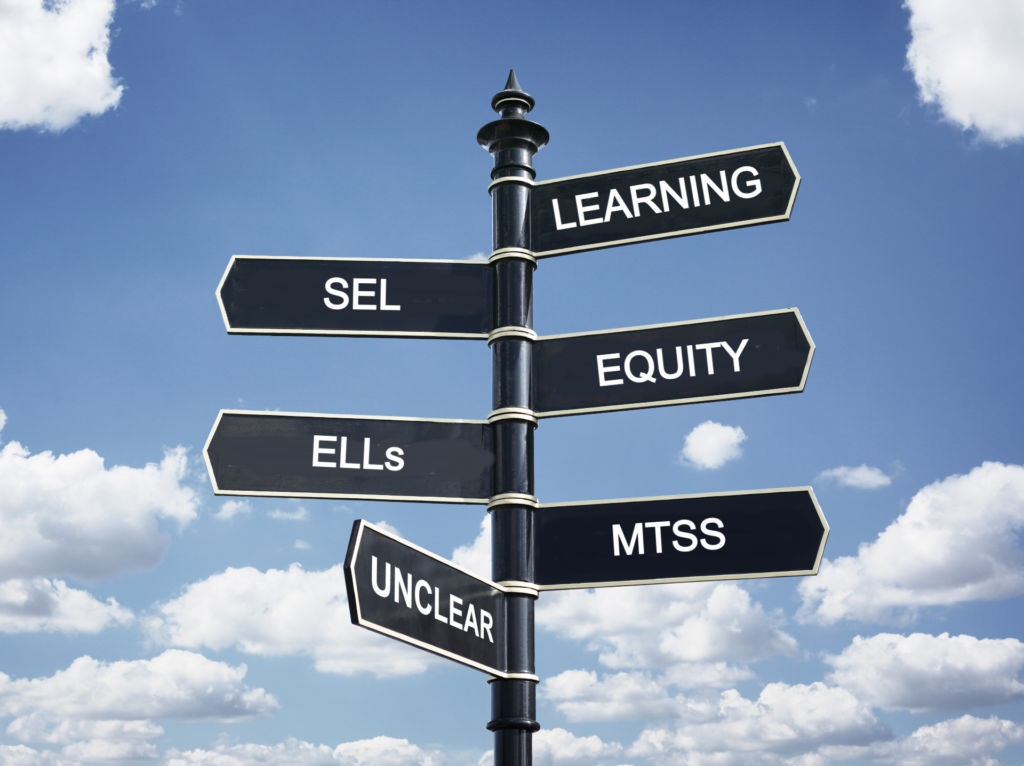
I could go on but suffice to say that everything schools are striving for can be accomplished through authentic curricula that engages and empowers students toward efficacy — that ability to tackle any problem or challenge with success!
What It Looks Like:
1 – A collection of PBL tasks across the year that are presented to students at the start of a unit of study to engage students and drive their learning. In the elementary world, two PBL tasks at a time can usually encompass all of the desired skills and concepts to be learned; tasks should cover 3-5 weeks of study. In the secondary world, design one PBL task per content area and, preferably, fewer tasks that present interdisciplinary challenges; tasks should cover 5 weeks of study.
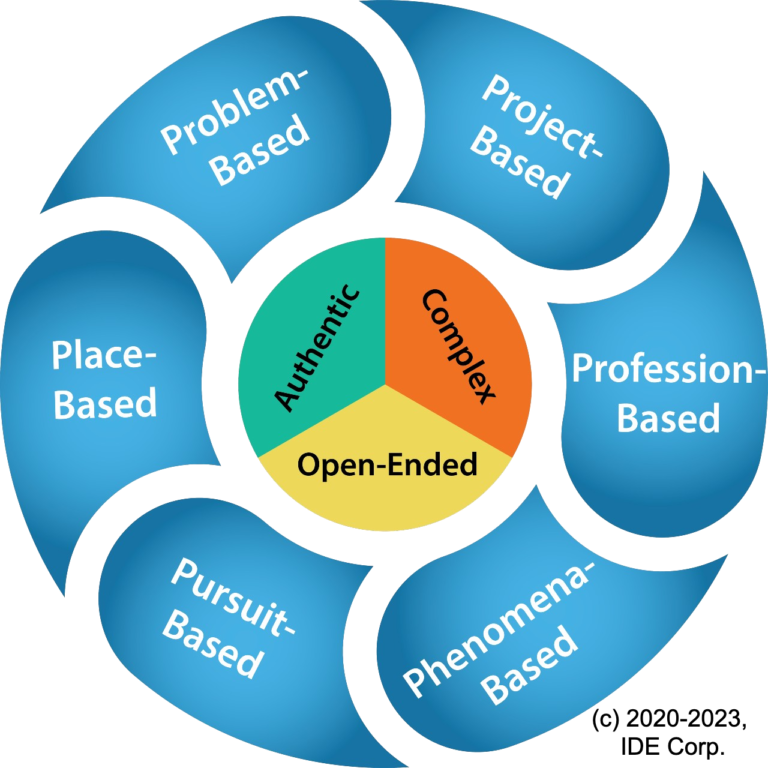
2 – Each task has an analytic rubric that essentially outlines the curricular content in the target column (we call that the Practitioner column). Columns to the left build toward those goals; a column to the right takes the learning to a deeper level.
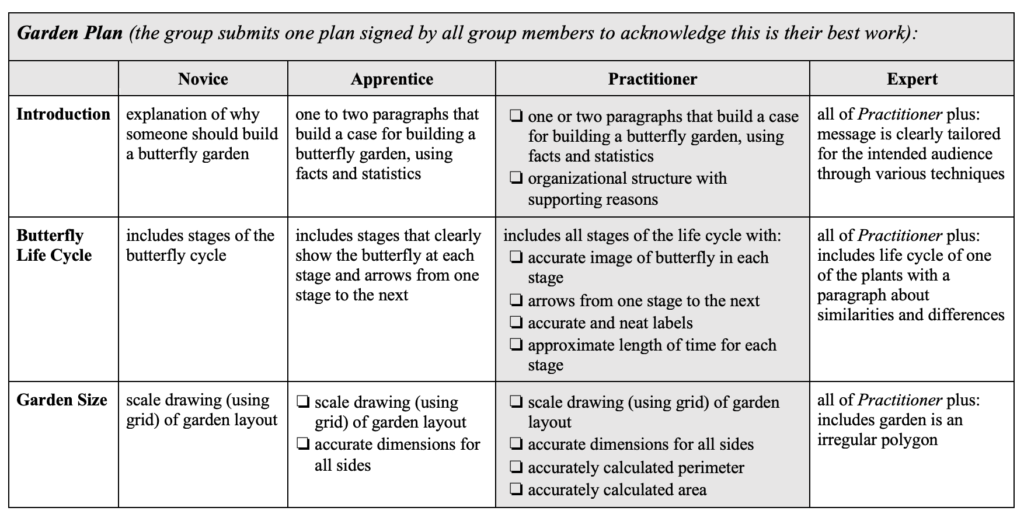
3 – Each rubric then has a collection of differentiated activity lists that present the student with choices as to how to learn. This includes different modalities (text, video, learning centers, small-group lessons with the teacher, etc.) and allows for different cognitive levels (key to learning acceleration and individualized instruction).
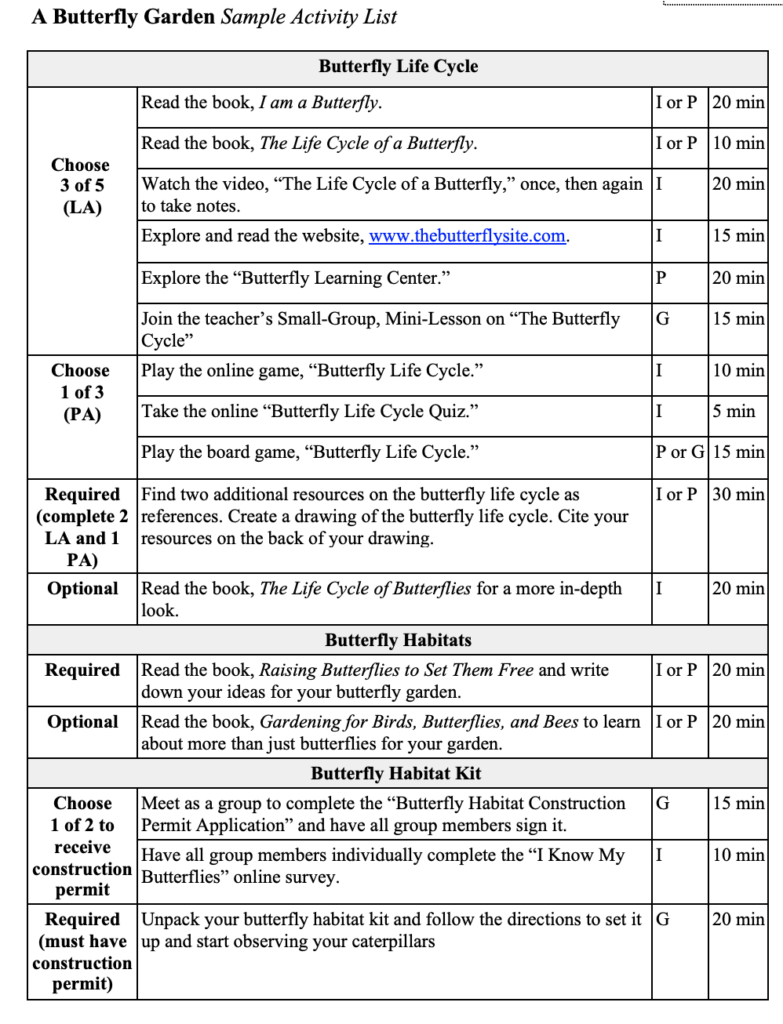
4 – A content facilitation grid allows the teacher to easily see the curricular concepts and skills to be addressed while engaging in formative assessment throughout the unit.
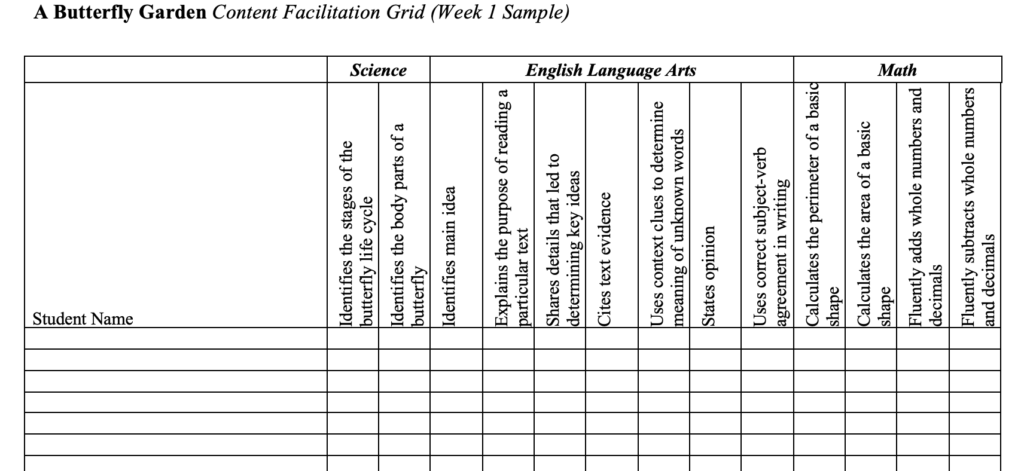
5 – Given that learning activities may take place, at times, in groups, and the teacher is constantly facilitating students toward success, an individually-addressed transfer task serves as a culminating assessment of a student’s ability to transfer learning to new situations, which is a strong indicator of understanding over memorization.
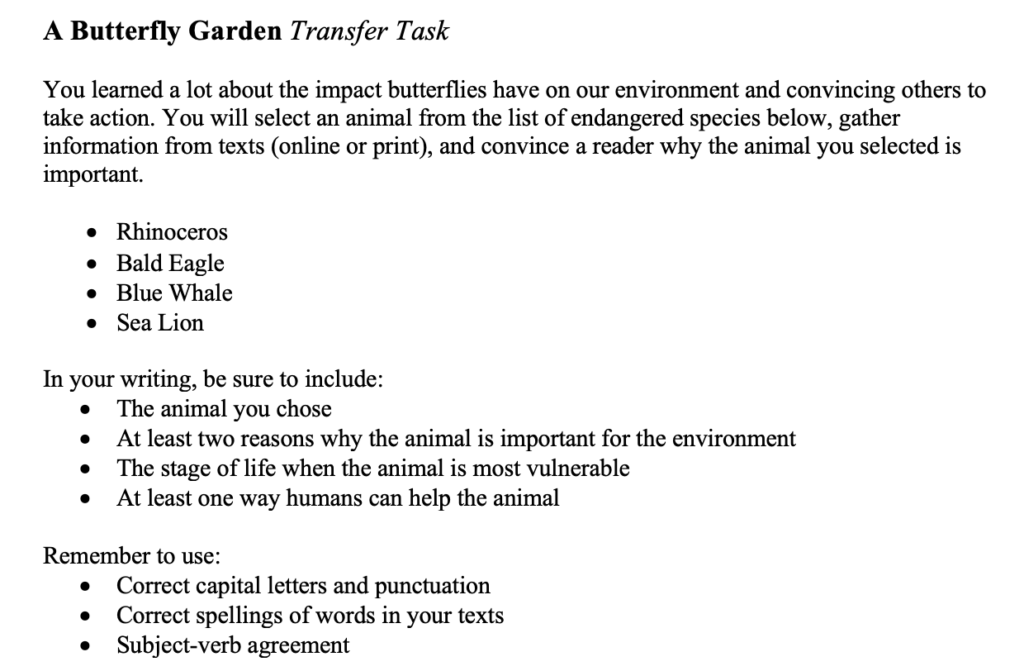
6 – Beyond that, we recommend a collection of structures and strategies for empowering students to take responsibility for their own learning, but that’s #LATIC! An authentic curriculum doesn’t require LATIC implementation.
Best Way to Design Authentic Curricula?
- – Allow those teachers who want to dive into design to do so, but … engage all teachers and, better yet, students in brainstorming ideas and interests … and seek all teachers’ feedback regularly so that they have some ownership over the final product
- – Let the standards drive the collection of skills and concepts to be covered
- – Focus more on the engagement (PBL) and the empowerment (choice and voice over how, when, where, and with whom to learn)
- – Infuse executive function and SEL into the instructional activities (and later, classroom environment)
Ways We Can Help!
Resources and Training
- Self-paced Professional Learning Experiences in PBL, executive function and SEL, differentiated activity lists, and more … Check out learn.edquiddity.com and enroll your curriculum developers and, better yet, your entire instructional and supervisory staff!
- Virtual Learning Communities throughout the summer and school year: still online engagement but facilitated by a consultant … Check out edquiddity.com/VLC!
- An Instructional Planning Database that houses hundreds of problem-based tasks to download and “tweak” to fit your curricular goals … Visit MyQPortal (www.myqportal.com) and click on demo mode!
- On-Site or Remote Professional Learning for your curriculum writers … Let us provide them with an overview and steps for designing authentic curricula!
- Professional Learning Providers to work alongside your curriculum writers. Let us support their curriculum design journey!
- Authentic Curricula Design by us, for you, gathering ideas and feedback from your teachers … Have us design standards-aligned, customized, innovative curricula for you!
Contact Nicole (Nik) at solutions@idecorp.com
